What is the Workflow Manager (WFM)
“Automate, streamline, and optimize your business processes.”
WFM helps businesses and governments work more efficiently by digitizing tasks and workflows.
Syleor's Workflow Manager (WFM) is a comprehensive SaaS-based workflow automation tool designed to simplify and optimize business processes. WFM supports organizations in automating repetitive tasks, managing workflows efficiently, and ensuring processes are completed on time and in compliance—with full cloud access, anytime, anywhere.
Why WFM is valuable for your business
“Maximize efficiency: Automate, streamline, and improve your business processes.”
WFM helps businesses and governments work more efficiently by digitizing tasks and workflows.
WFM helps you boost efficiency, gain insights into your workflows, and monitor and improve compliance. By automating repetitive tasks, eliminating bottlenecks, and offering real-time insights, WFM enables your business to focus on what truly matters: growth and innovation. WFM grows with your organization, ensuring your processes keep evolving and continuously delivering value.


How our Workflow Management system works
Discover how to automate and optimize processes, from workflow configuration to efficient task distribution.
-
01
Enter workflow
-
02
Start case
-
03
Task planning and assignment
-
04
Task execution
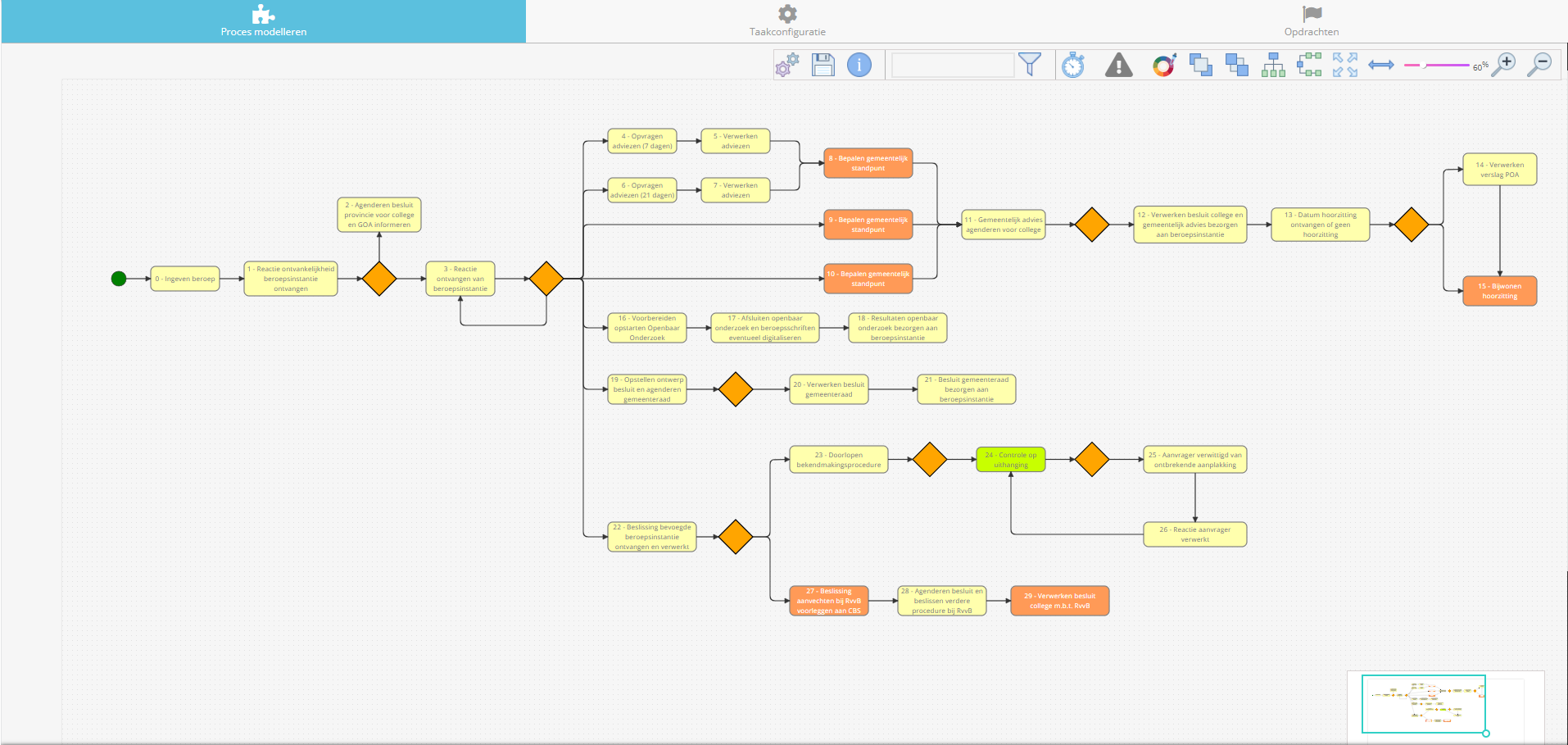
Enter workflow
Process managers or IT staff define the workflow, consisting of tasks, decision points, and automations.
- Process steps: What tasks and decisions are involved?
- Involved employees: Who is responsible?
- Conditions and dependencies: Which tasks must be completed first?
- Deadline monitoring: What time limits apply per step?
- Transparency settings: Who can view and edit the case?
Once configured, the workflow is stored and made available within the system so that cases can be started based on this workflow.
Start case
When new work comes in, WFM automatically creates a case based on the selected workflow.
- Manual: An employee initiates a case.
- Automatic: Triggered via an API from another system.
From that moment on, the system follows the predefined workflow and guides the user through each step.
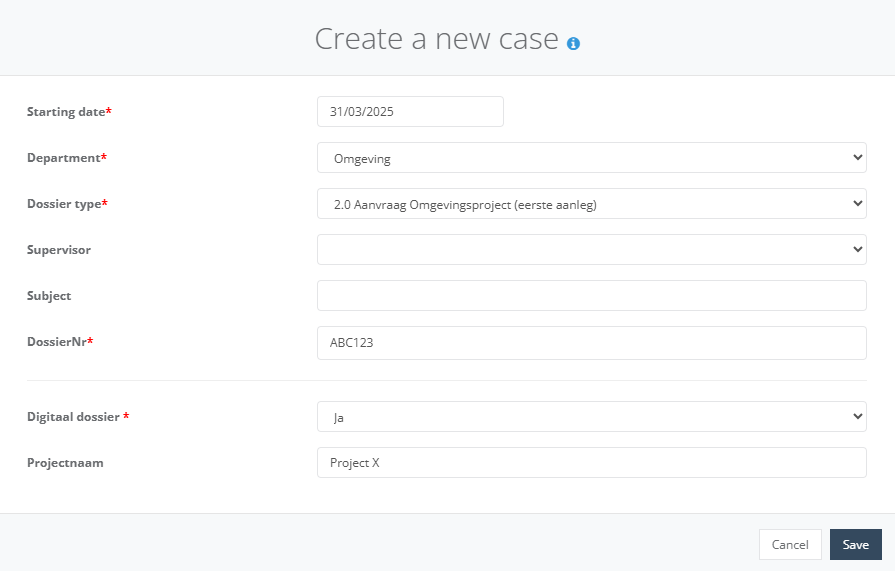
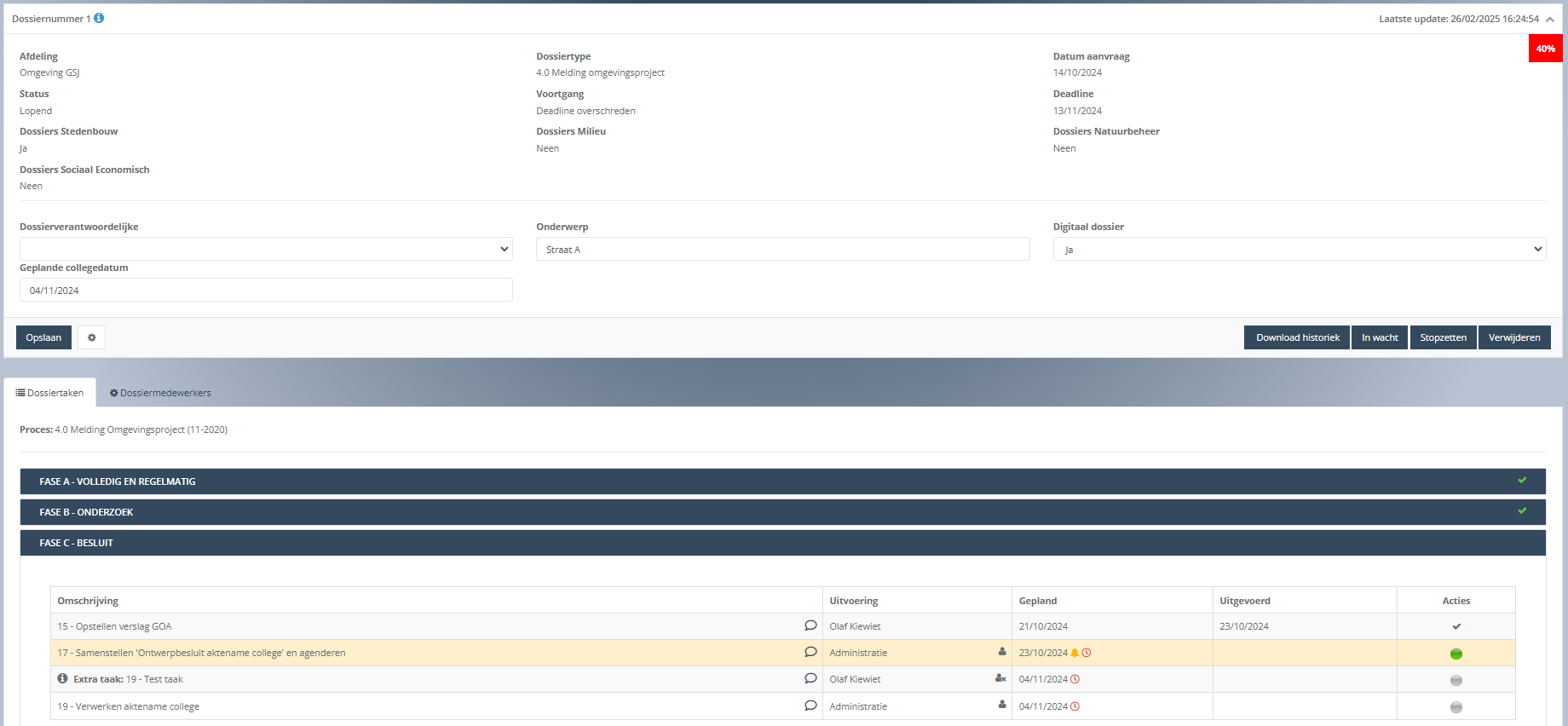
Task planning and assignment
WFM generates tasks based on the workflow and ensures employees know exactly which actions are required.
- Automatic assignment: Tasks are assigned based on role and workflow rules.
- Manual assignment: If desired, managers can assign tasks within the team.
- Prioritization and deadline monitoring: Urgent tasks are prioritized, and automatic notifications ensure deadlines are not missed.
- Status updates and monitoring: Managers have real-time visibility into completed tasks and emerging bottlenecks.
Thanks to this planning and assignment, the process becomes more efficient, transparent, and less error-prone. Workflows run smoothly and cases are completed on time.

Task execution
Individual tasks within a process can be executed manually or automatically in WFM.
- Manual: An employee marks the task as completed, after which the system, based on the configured process, releases the next tasks for processing.
- Automatic: Certain tasks can be executed in the background by softbots.
This approach enables partial process automation, resulting in efficient and seamless collaboration between human and machine.
Key Features of Workflow Manager

One system, four perspectives
- For employees
- For managers
- For process managers
- For IT department
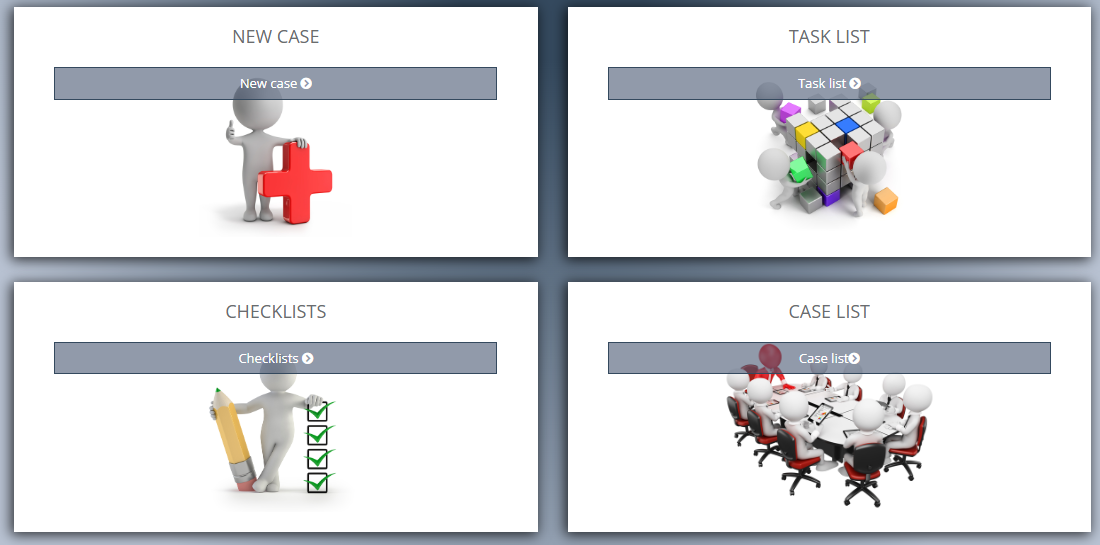
WFM serves as the guide for an employee's daily workload and offers several benefits
- Clear task structure: Employees have a well-organized list of tasks with priorities, deadlines, and responsibilities, helping them stay organized and focused.
- Clear task distribution: Always a clear view of who needs to do what and when, without confusion.
- Real-time status updates: No endless emails or meetings needed to check progress.
- Better collaboration: Collaborate effortlessly with colleagues, even remotely.
- Less stress: Tight deadlines and compliance requirements are automatically monitored.
- Less manual work: Automation of repetitive tasks saves time and prevents errors.
Task list
A clear task list shows all current tasks that can be performed immediately. Future tasks are automatically hidden to keep focus on what matters now.
- Planning and assignment: Each task in the task list has a due date and is assigned to a specific role or employee. The list is automatically sorted by task priority, ensuring that the most important tasks are always handled first.
- Task status: Each task has a clear status display for optimal progress visibility.
- Powerful filters: With an intuitive interface and advanced search and filter options, employees can quickly find the right tasks and take immediate action.
- Bulk processing: For specific tasks that can be handled more efficiently across multiple cases, a dedicated view has been developed. This makes working more organized and practical.
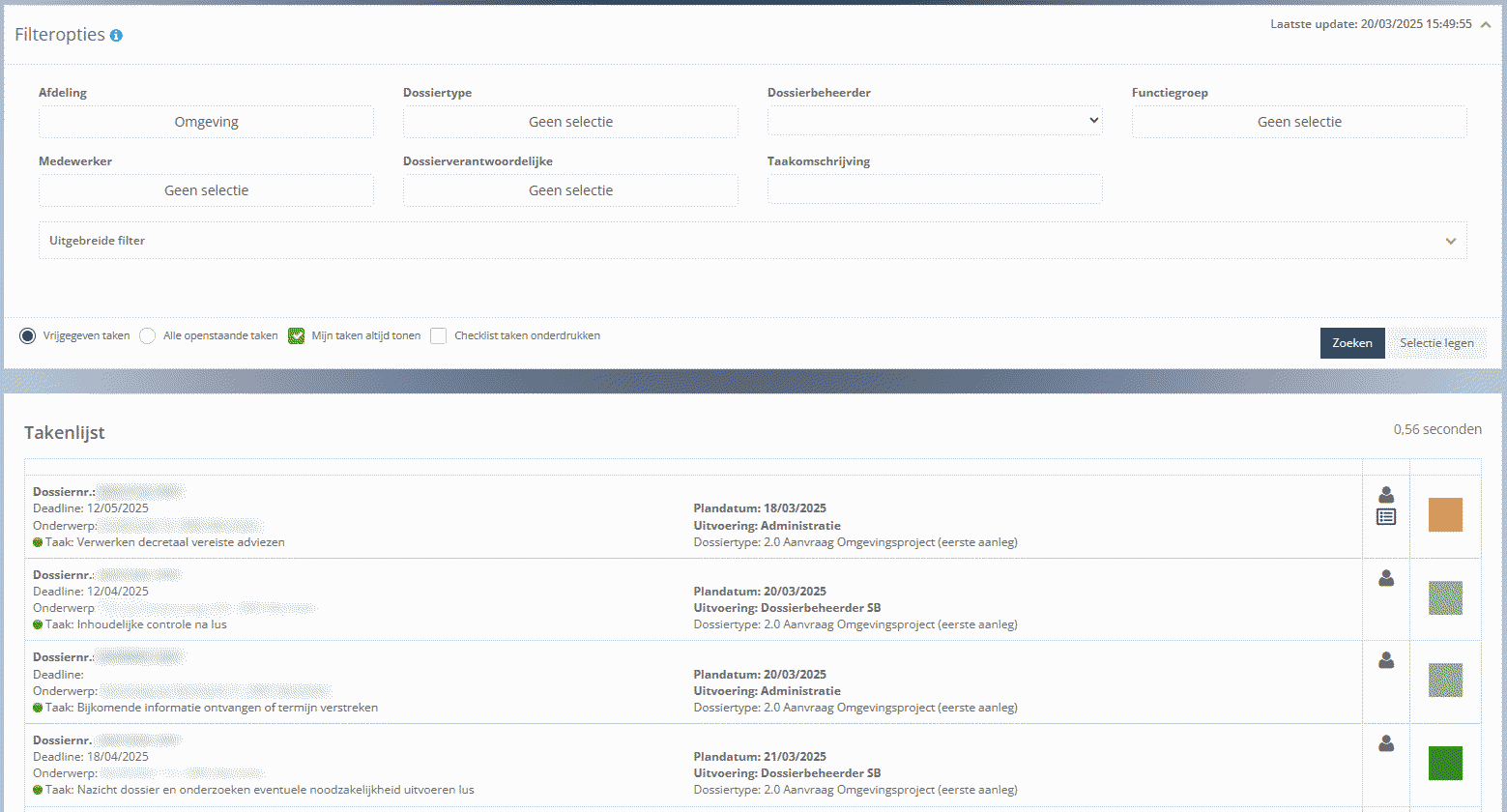
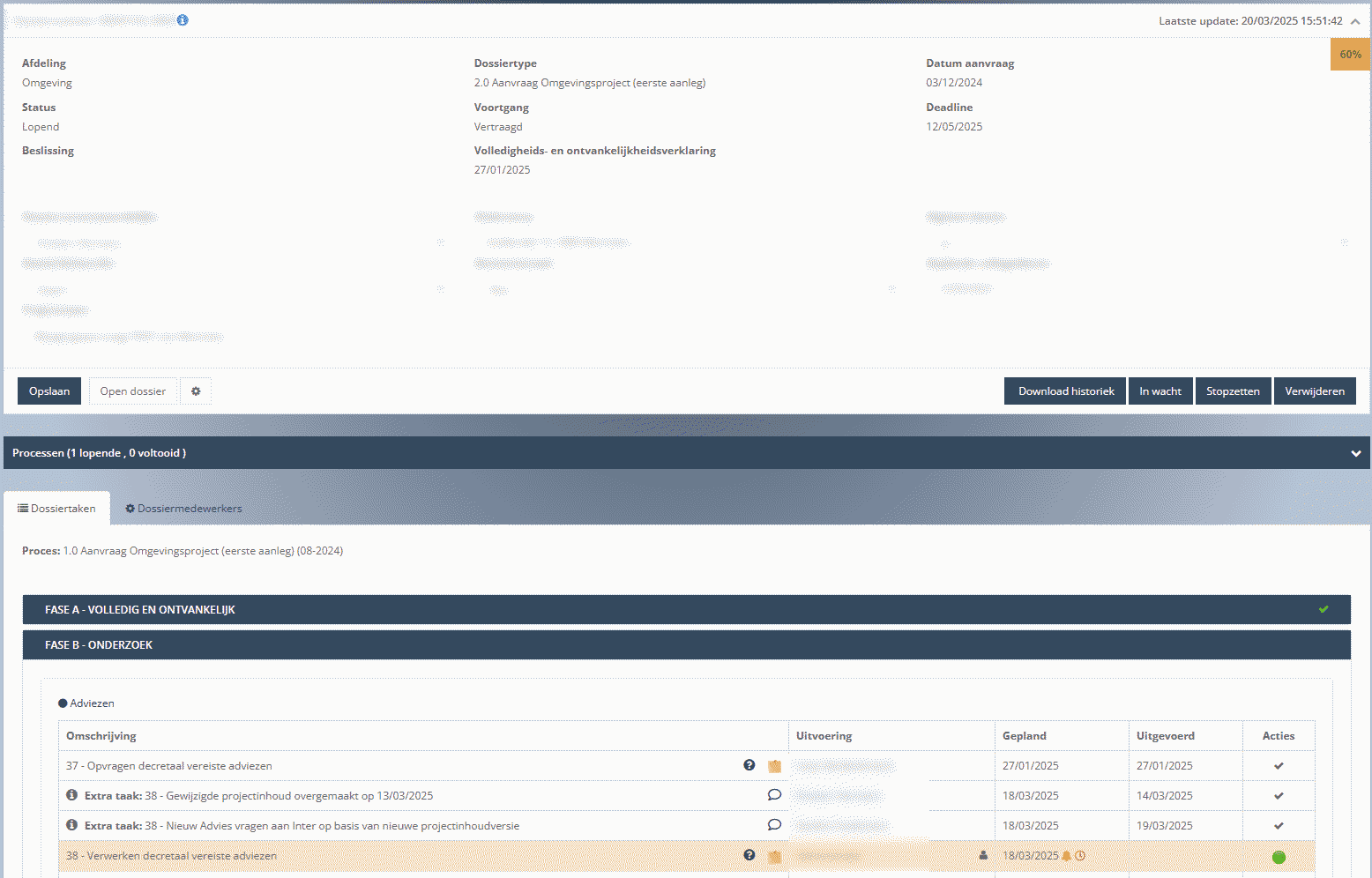
Case detail
The dossier detail page offers a complete overview of all relevant information and status updates. Users can view tasks, deadlines, responsibilities, track real-time progress, and add notes to tasks.
- Case history: Each case provides an overview of all tasks, including who completed which task and when.
- Roll-back: The ability to revert a task to a previous status, for example in case of errors or changing circumstances. This ensures flexibility, prevents data loss, and makes it easy to apply corrections without restarting the entire workflow.
- Additional tasks: If the handling of a case deviates from the configured workflow, extra tasks can easily be added. This provides flexibility, ensuring that processes always align with the specific needs of the case without modifying the entire workflow.
- Urgent tasks: Task priorities can easily be adjusted, ensuring that urgent matters are handled first and workflows continue to run smoothly. This keeps teams focused on what matters most.
- Task attachments: Tasks can include one or more attachments like detailed instructions or reference documents. This is especially useful for new employees, who then have immediate access to the correct information.
Main benefits for managers
- Full overview & control: Real-time insight into ongoing processes, bottlenecks and task progress.
- More efficient resource management: Tasks are automatically assigned.
- Faster decision-making: Advanced reports and analytics support data-driven decisions.
- Improved compliance: Automatic tracking of deadlines and regulations prevents errors.
- Reduced operational dependency: Employees work independently thanks to clear processes and instructions.
- Fast integration: New employees become productive quickly through standardized processes.
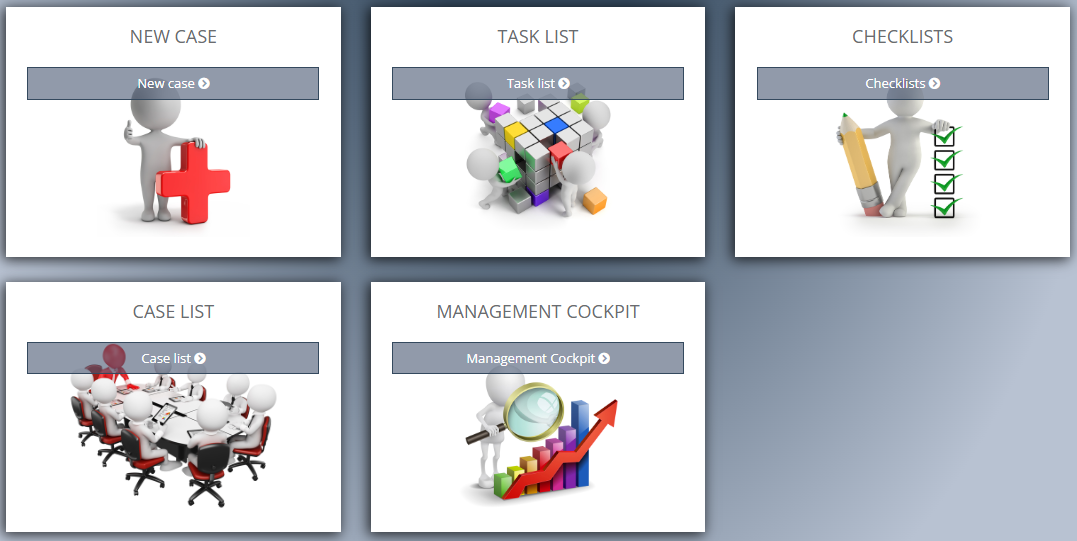
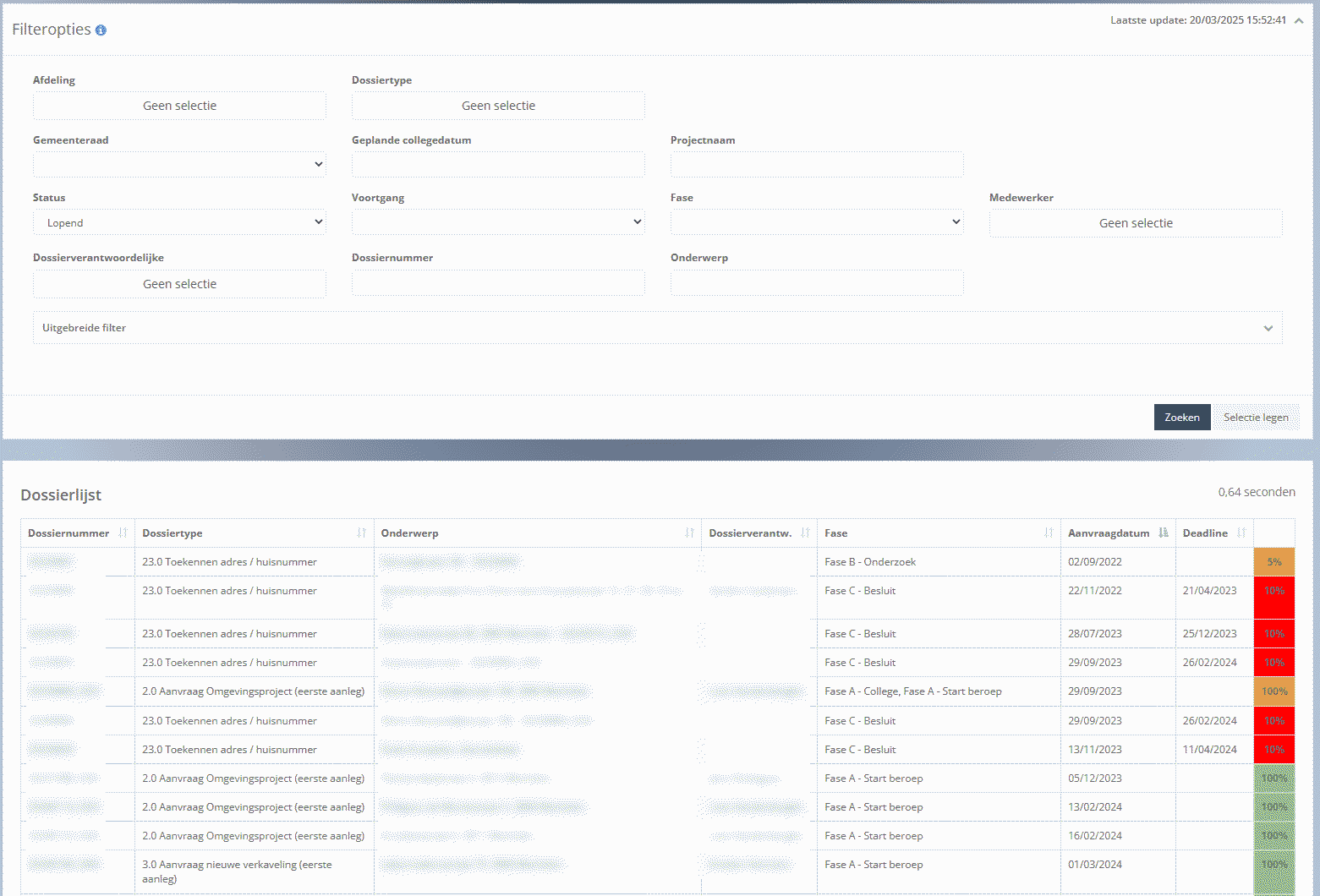
Full transparency
- Task list: Overview of all ongoing tasks with progress indicators.
- Case list: Overview of all ongoing cases with progress indicators and deadline monitoring.
Audit & compliance
Audit and compliance are essential in workflow monitoring to ensure adherence to regulations, internal processes, and quality standards.
- Automatic logging: All actions, changes, and approvals are automatically recorded for a full audit trail.
- Real-time monitoring: Instant insight into the status of workflows and regulatory compliance.
- Deadline monitoring: Automatic reminders and escalations prevent deadlines from being missed.
- Access Control & Rights Management: Ensures that only authorized employees have access to sensitive information.
- Standardized processes: Reduces human errors and ensures consistent compliance.
- Reporting & analytics: Perform audits quickly with detailed overviews and exportable reports.
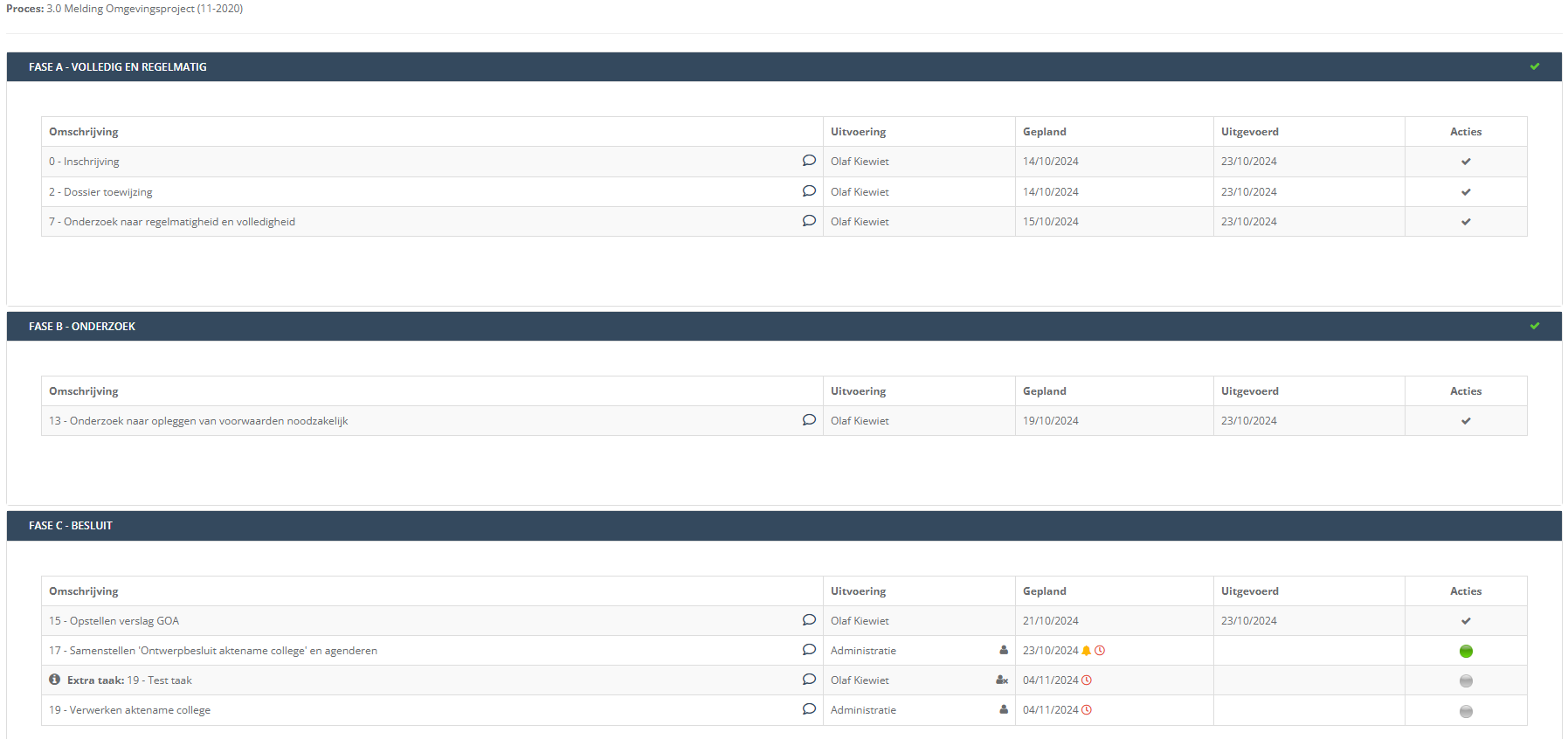
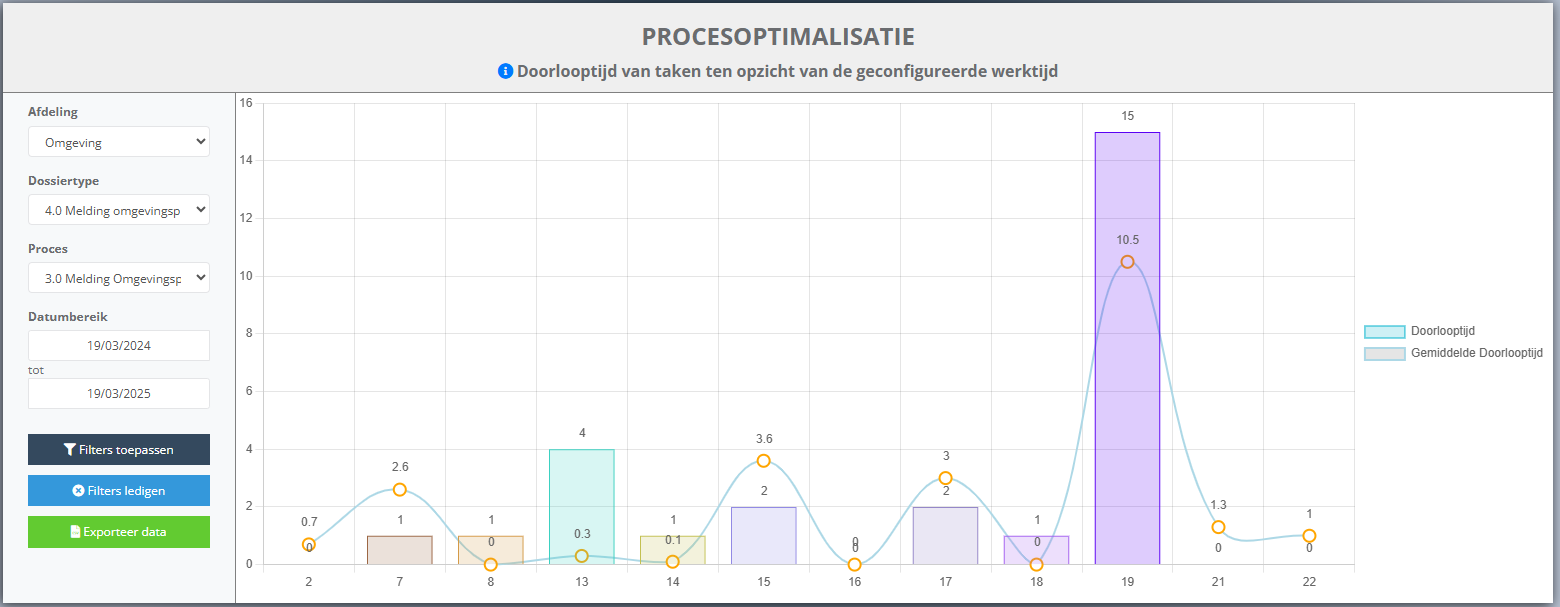
Management reporting
- Real-time insights: Instant overview of workflow performance, bottlenecks, and task progress.
- Advanced analytics: Insight into turnaround times, workload, and efficiency per team or employee.
- KPI monitoring: Set performance indicators and track them with dynamic dashboards.
- Trend analysis: Identify patterns and optimization opportunities based on historical data.
Company-wide deployment
WFM is not limited to a single department and can be deployed across the entire company. It is designed to coordinate and manage workflows across departments, enabling efficient automation and monitoring of processes involving multiple teams or functions.
How WFM works company-wide:
- Interdepartmental collaboration: WFM can connect different departments — such as sales, customer service, IT, and administration — by automatically routing tasks to the appropriate teams.
- End-to-end processes: Enables the management of complex, multi-phase processes involving multiple departments and stakeholders — from request to delivery or approval.
- Visibility: Organization-wide workflows provide transparency and give managers real-time insight into process progress across various levels and departments.
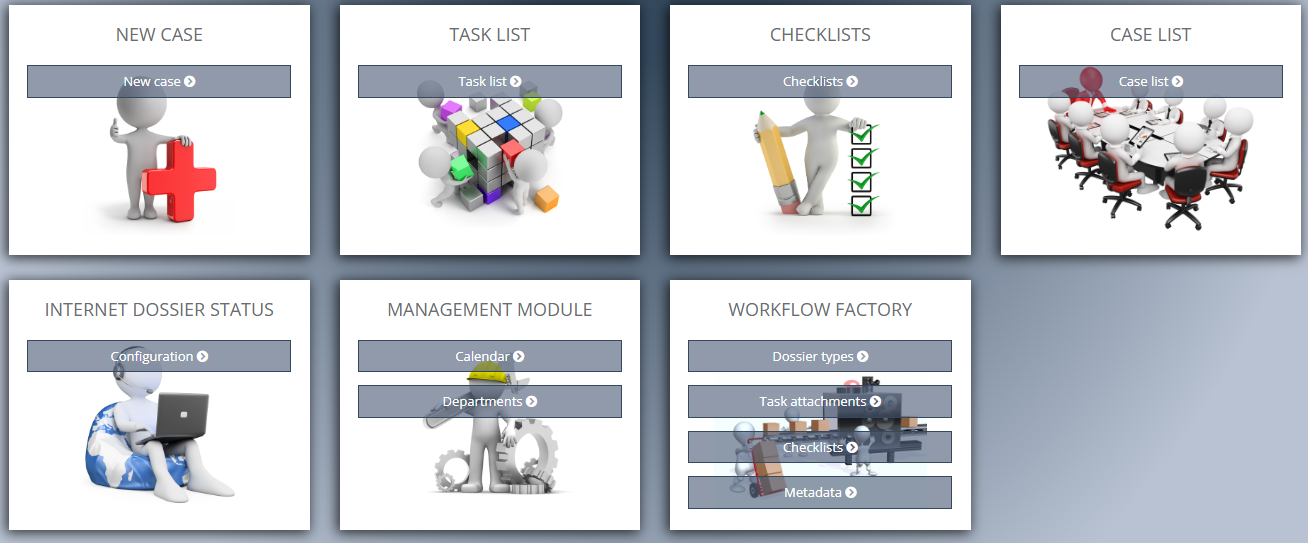
The process manager plays a crucial role in managing and optimizing workflows within WFM.
Key responsibilities of a process manager in WFM:
- Designing and optimizing workflows: Increase efficiency and eliminate bottlenecks.
- Monitoring process performance: Use dashboards and reports to implement improvements.
- Ensuring compliance: By keeping workflows aligned with regulations and internal guidelines.
- Collaborating with teams: To align processes with real-world practice and improve user experience.
- Implementing automation: To reduce repetitive tasks and ensure consistency.
Workflow Factory
This module enables the process manager to visually design and configure processes. With an intuitive interface, tasks, decision points, and dependencies can easily be defined. This results in flexible and efficient workflows that can be adapted to changing business needs.
- No-code: Workflows can be designed and modified without programming knowledge, using an intuitive interface with drag-and-drop functionality. This makes workflow management accessible, speeds up implementation, and increases flexibility within the organization.
- Complex business processes: WFM is also capable of handling highly complex workflows through advanced decision logic. The system supports multiple process steps, dependencies, and integrations, enabling even the most complex business processes to be captured and executed efficiently and error-free.
- Fields: WFM offers the ability to configure data fields for input within a workflow, allowing users to enter specific data required for the next steps of the process. These fields can be customized for various types of information, such as text, dates, or dropdown lists, and can be set as mandatory or optional.
- Publication: Functionality to optionally publish status information about cases online, giving stakeholders — such as clients or employees — real-time access to case progress. This information can be shared through an external interface, increasing transparency and improving communication efficiency. Stakeholders can easily track status, deadlines, and other key details without being directly involved in the daily workflow.

WFM is offered as a SaaS solution and is therefore managed by the SaaS provider.
This includes:
- Maintenance and updates: The provider handles technical aspects such as system updates, bug fixes, and improvements.
- Security and compliance: The provider is responsible for ensuring data security and compliance with laws and regulations.
- System management: The provider manages the infrastructure, servers, and cloud environments in which the SaaS runs.
On the client side, a application administrator manages user access. Additionally, a process manager or business owner is often responsible for the optimal use of the SaaS solution within business processes.
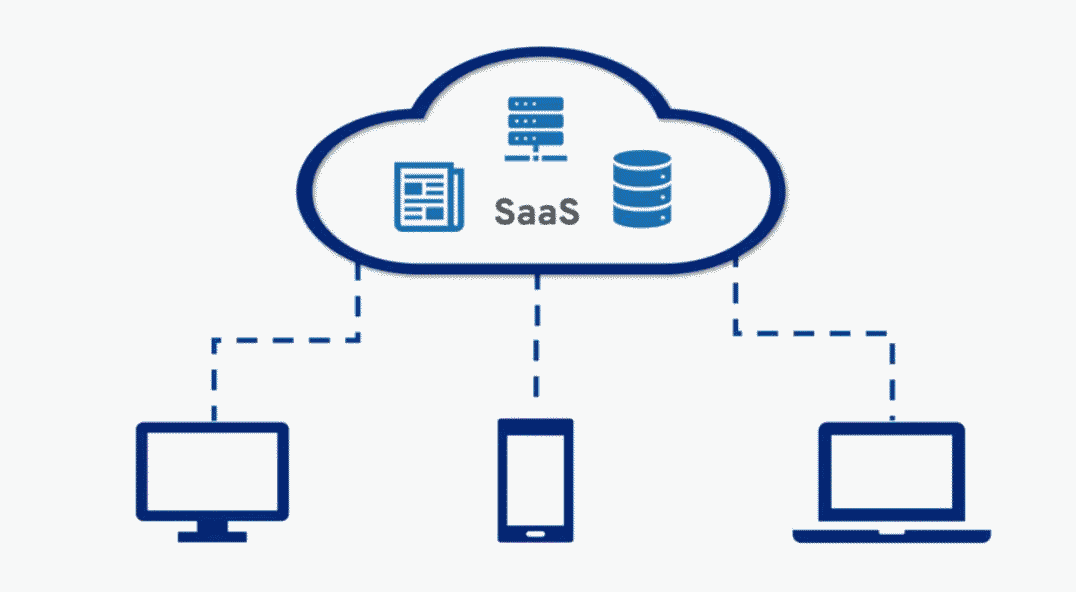

API
Optionally, WFM also offers the following standard API interfaces.
- WFM API: This API provides a standard interface for integration with "existing" back-office application(s), enabling workflows in the WFM system to be automatically initiated, for example when a new case is created in the back office.
- Robot API: The ability to execute automated tasks within a process using softbots leverages Robotic Process Automation (RPA) to handle repetitive, manual tasks efficiently and error-free. Softbots, or digital workers, can be programmed to independently perform specific tasks within a workflow.
Softbots in WFM
The use of softbots within WFM increases efficiency, saves time, and reduces employee workload by fully or partially automating routine tasks.
Advantages of softbots in WFM:
- Efficiency: Softbots perform tasks faster and without errors, significantly reducing overall process turnaround times.
- Reduction of human errors: Repetitive, error-prone tasks can be fully automated, increasing overall accuracy.
- Cost savings: By deploying softbots, employees can focus on more complex and strategic tasks, while bots handle the routine work.
- Consistency: Softbots ensure consistent task execution, regardless of workload or time of day.
